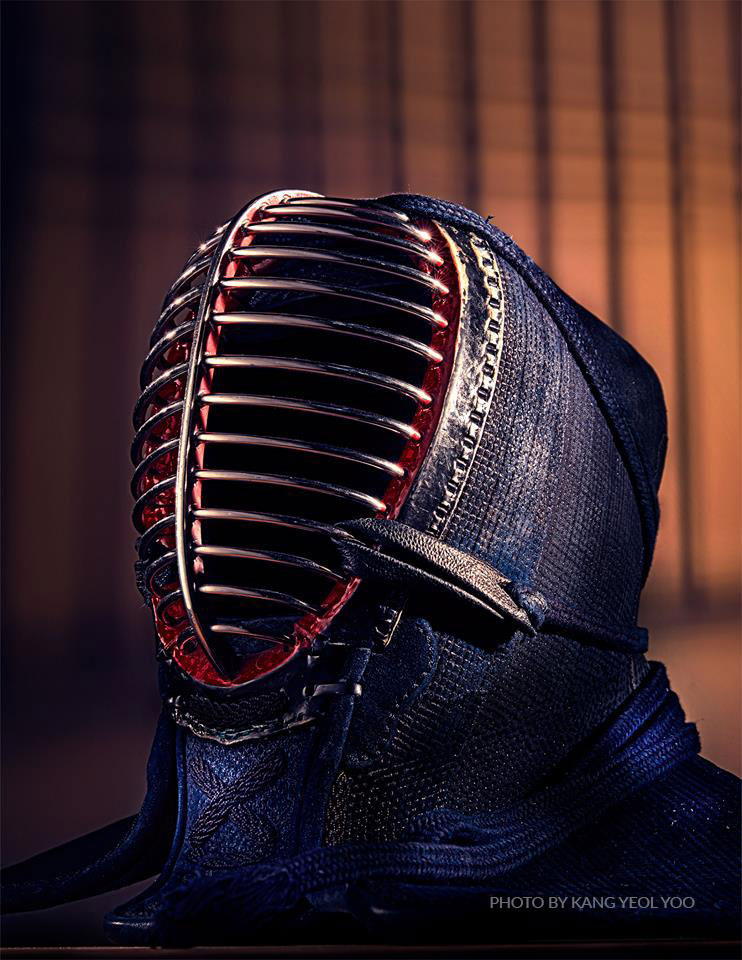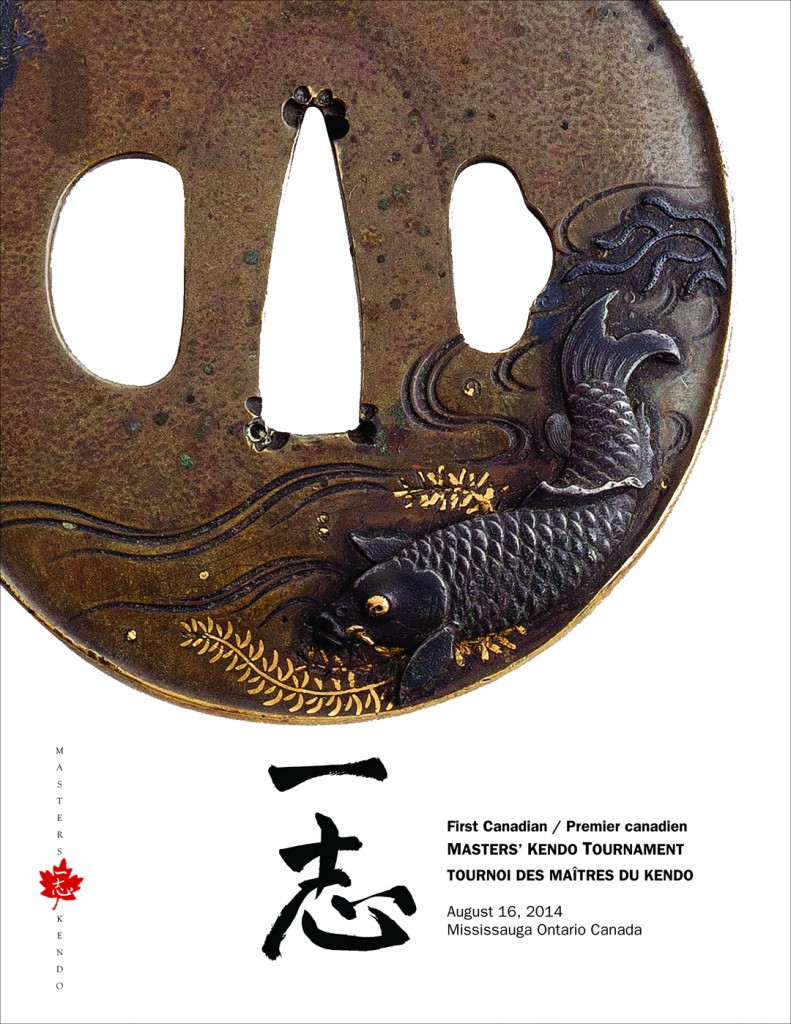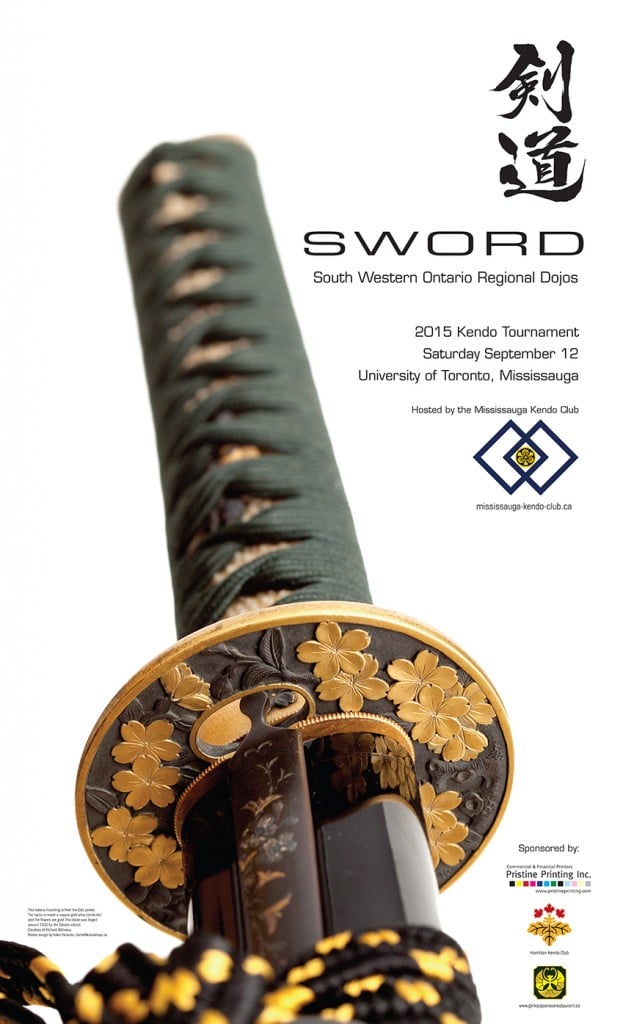The Purpose of Kendo
To mold the mind and body.
To cultivate a vigorous spirit,
And through correct and rigid training,
To strive for improvement in the art of Kendo.
To hold in esteem human courtesy and honor.
To associate with others with sincerity.
And to forever pursue the cultivation of oneself.
Thus will one be able:
To love one’s country and society;
To contribute to the development of culture;
And to promote peace and prosperity among all peoples.


Kendo can be literally translated as “The Way of the Sword”. Aimed at improving the mind and body through the practice of swordsmanship, Kendo is a martial art with roots in the Japanese Samurai tradition, dating back well over a thousand years. A concise History of Kendo can be found on the All Japan Kendo Federation site.
Modern Kendo consists of two basic types of practice. The first is Kata, consisting of choreographed series of attacks and counter-attacks practiced using wooden swords or replica live blades. The second is practice using the “shinai”, a bamboo sword designed to be safely used in conjunction with protective equipment, to permit full contact practice of cuts, thrusts and blocking techniques
Swordsmen in Japan established schools of kenjutsu (the ancestor of kendo) which continued for centuries and which form the basis of kendo practice today. The formal kendo exercises known as katawere developed several centuries ago as kenjutsu practice for warriors. They are still studied today, in a modified form.
The introduction of bamboo practice swords (shinai) and armour (bōgu) to sword training is attributed to Naganuma Shirōzaemon Kunisato during the Shotoku Era (1711–1715). Naganuma developed the use of bōgu and established a training method using the shinai.

The Dai Nippon Butoku Kai (DNBK) was established in 1895 to promote the ideals of “bushido” and preserve traditional systems of “bujutsu“. The DNBK changed the name of the sporting form of swordsmanship, called gekiken, (Kyūjitai: 擊劍; Shinjitai: 撃剣, “hitting sword”) to kendō in 1920.
Kendo (along with other martial arts) was banned in Japan in 1946 by the occupying powers. This was part of “the removal and exclusion from public life of militaristic and ultra nationalistic persons” in response to the wartime militarisation of martial arts instruction in Japan. The DNBK was also disbanded. Kendo was allowed to return to the curriculum in 1950 (first as “shinai competition” (竹刀競技 shinai kyōgi?) and then as kendo from 1952)
The All Japan Kendo Federation (AJKF or ZNKR) was founded in 1952, immediately after Japan’s independence was restored and the ban on martial arts in Japan was lifted. It was formed on the principle of kendo not as a martial art but as educational sport, and it has continued to be practiced as such to this day.
The International Kendo Federation (FIK) was founded in April 1970; it is an international federation of national and regional kendo federations and the world governing body for kendo. The FIK is a non-governmental organisation, and its aim is to promote and popularise kendo, iaido and jodo.
